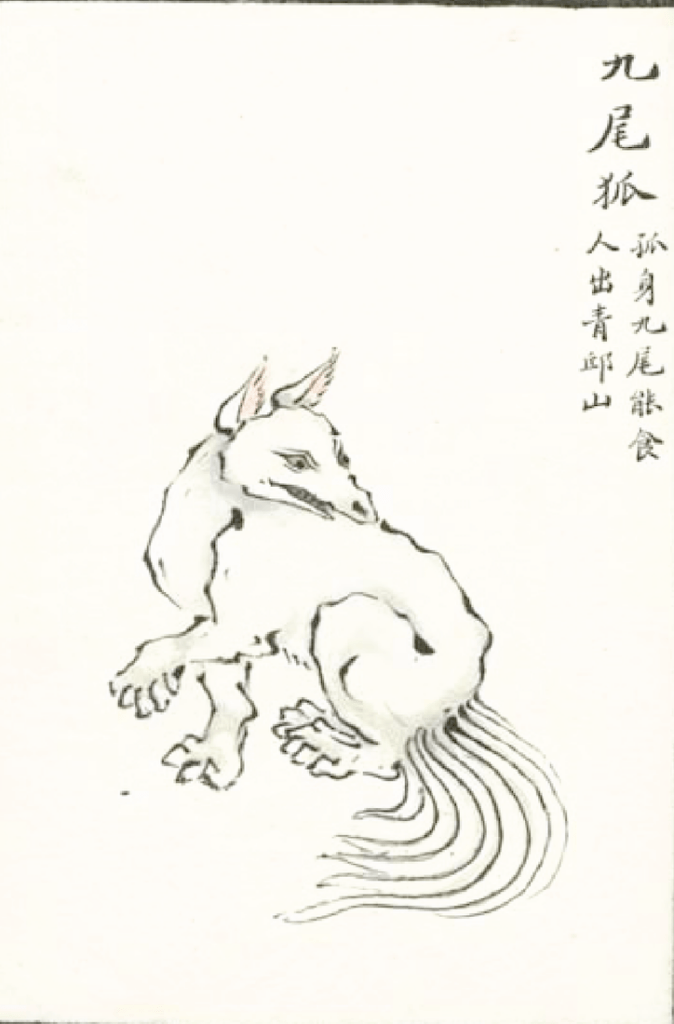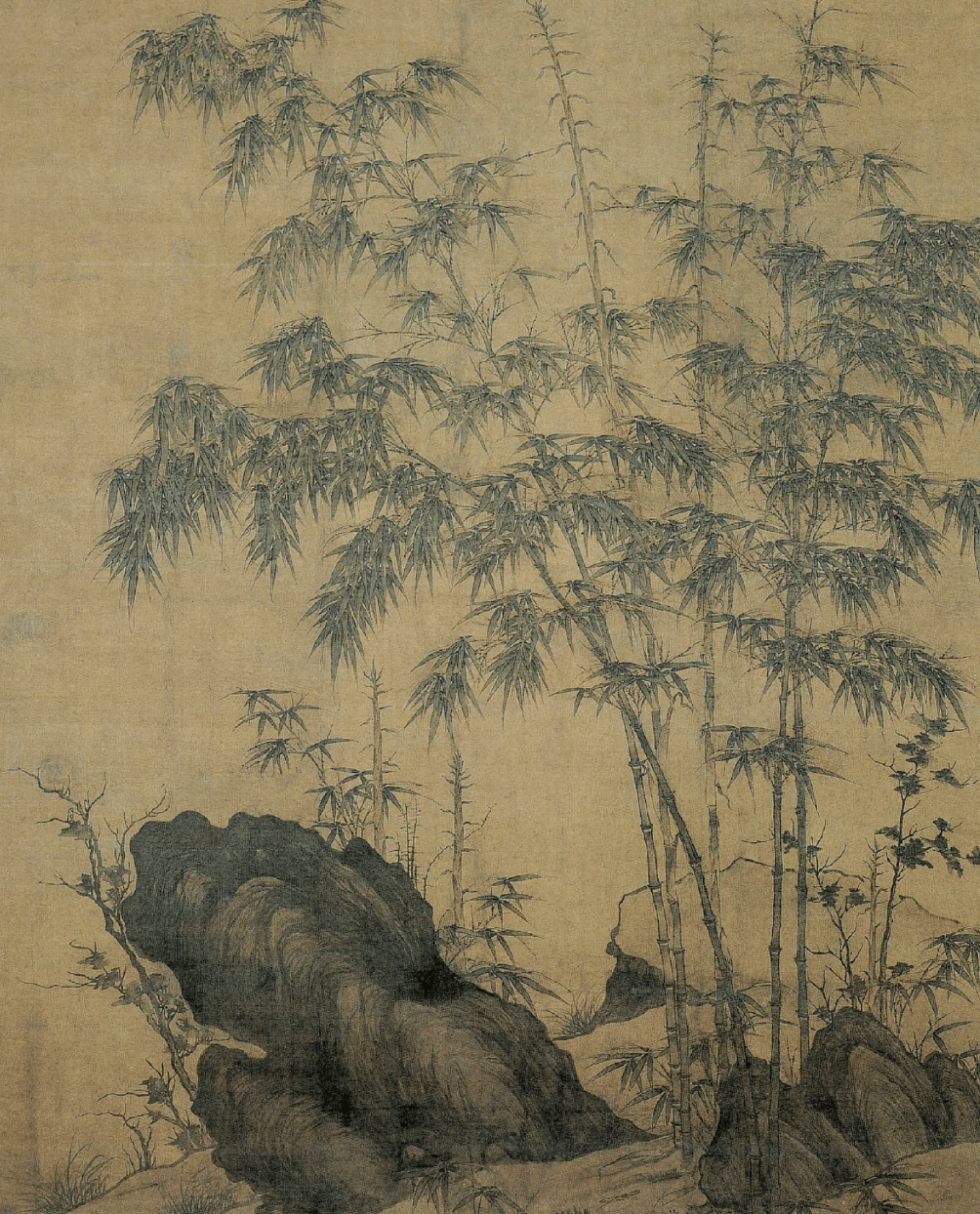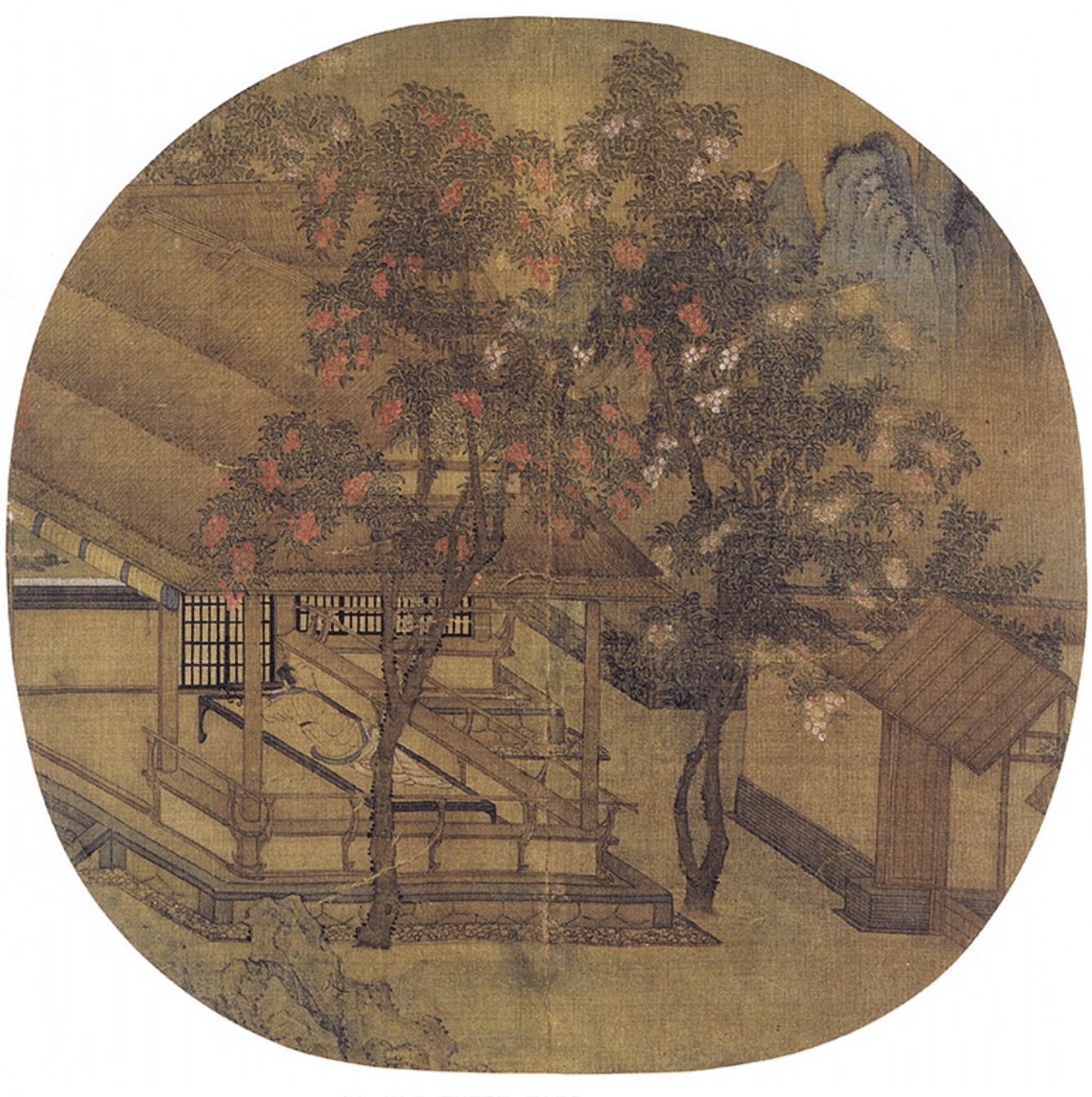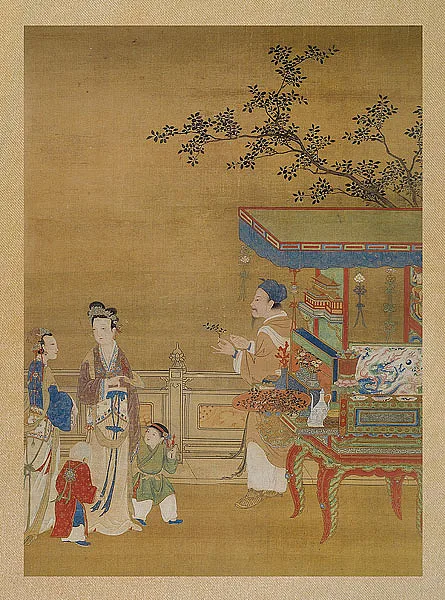Fox spirit is a mythical creature that has been a part of different cultures for centuries. It is often depicted as a cunning and intelligent animal that possesses supernatural powers. Fox spirits are found in various cultures, including Chinese, Japanese, and Korean folklore. They are often associated with trickery, deception, and transformation.
In various cultures, fox spirits are also known as Fox Demons. They are often depicted as malevolent creatures that possess supernatural powers. According to folklore, fox demons can possess humans and cause illness. They are also believed to be able to transform themselves into humans and other creatures.
Chinese Fox Spirit
In Chinese mythology, fox spirits are known as “huli jing”. They are believed to be intelligent and cunning creatures that possess magical powers. According to Chinese folklore, fox spirits can transform themselves into beautiful women to seduce men. They are also believed to be able to possess humans and cause illness.

Nine-Tailed Fox: Fox body, with nine tails, eats humans, appears in Qingqiu Mountain
DaJi in Investiture of the Gods
Daji is a character in the Ming Dynasty novel 《Investiture of the Gods》 In the book, Daji, surnamed Su, is the daughter of Su Hu. On the way to Emperor Xin’s palace, she is possessed by the leader of the Three Yao of Xuan Yuan’s grave, the Nine-Tailed Fox. Acting on the orders of Nuwa, the Nine-Tailed Fox confuses Emperor Xin, leading to the downfall of the Shang Dynasty. However, later on, Daji becomes infatuated with earthly wealth, power, and luxury, prompting Emperor Xin to commit many cruel deeds.
Once during a severe winter, Emperor Xin and Daji saw a few people crossing the river. Among them, an old man was not afraid of the cold, while a young man was. Emperor Xin asked Daji what was going on, and she explained that if the parents gave birth at a young age, the child would have abundant vitality and full bone marrow. But if they gave birth at an old age, the child would have weak vitality and insufficient bone marrow, making them cold-sensitive and frail before middle age. Emperor Xin didn’t believe it, so Daji told him to cut off their shin bones to see. Another time, Daji saw a pregnant woman and claimed she could discern the baby’s gender. Emperor Xin didn’t believe her, so they made a bet. Emperor Xin guessed it was a boy, while Daji guessed it was a girl. Emperor Xin then cut open the pregnant woman’s belly to see the truth.
Although Daji successfully contributed to the downfall of the Shang Dynasty, Nuwa thought she had committed too many evil deeds. She handed her over to Jiang Ziya, and Daji was eventually beheaded.
Love Story with Fox Spirit
In 《Strange Tales From A Chinese Studio》 there are 83 stories that depict fox spirits. Relying on their extraordinary intelligence, they find their place in society and family, living by their wits. Following their own “way of life,” they fulfill their own life values. These fox spirits are independent, adorable, and fearless women, representing a typical archetype of women who dare to love and hate.
Pu Songling was the first to personify the fox spirit. In his writings, fox spirits resemble the charming girl next door – each one young, beautiful, and highly alluring. It perfectly aligns with the enchanting fantasy that “a fox turns into a woman at 50 and becomes a beauty at 100.” Beauty can be considered the fundamental characteristic of fox spirits.
- Qiao Niang: A Tale of Love, Loss, and Reunion between Human, Ghost and Fox
- Lian Xiang: Fall in love with fox spirit and ghost
- The Zhunhua Fox Incident: A Tale of Foxes, Revenge, and Justice
- The Hu Family: A Tale of Friendship, Marriage, and Fox Soldiers
- Huang Jiulang: Homosexuality with a Fox Spirit

Hu Si Xianggong: A Tale of Friendship and Mysteries
Explore the intriguing story of Zhang Xuyi and his enigmatic friend Hu Si Xianggong, filled with friendship, mysteries, and a…



The Fox Immortal Keeps Accounts
A man named Zhang from Hezhou traveled to Yangzhou(揚州) and stayed at the Xingjiao Temple(興教寺). The monks’ quarters in the…
The Fox Daoist
In the maternal family of Fa Jiasun(法嘉蓀)’s grandmother, there was a nephew named Sun who was a wealthy man in…
The Fox Immortal Hangs Itself
In the west of the Zhang family house on Jingling’s Judicial Street(金陵評事街), there were three study rooms rumored to house…
Fox Demon in the Belly
Li Yi(李鷁), the son of Minister Li Hefeng(李鶴峰), styled as Yishan(醫山), passed the imperial examination in the 26th year of…
Kaxiong
Yang Kaxiong(楊喀雄)’s father served as a military officer but passed away early. His paternal uncle, Zhou, held the position of…
Japanese Kitsune
In Japanese folklore, fox spirits are known as “kitsune”. They are believed to be mischievous creatures that possess magical powers. According to Japanese folklore, kitsune can transform themselves into humans and other creatures. They are also believed to be able to possess humans and cause illness.
Kitsune is the Japanese word for fox. It is often used in Japanese folklore to describe fox spirits. Kitsune are often depicted as mischievous creatures that possess magical powers. According to Japanese folklore, kitsune can transform themselves into humans and other creatures. They are also believed to be able to possess humans and cause illness.
Nine-Tailed Fox
The nine-tailed fox is a popular mythical creature in East Asian folklore. It is often depicted as a fox with nine tails. According to folklore, the nine-tailed fox possesses magical powers and is able to transform itself into a human form. It is also believed to be able to possess humans and cause illness.
Inari Fox Spirit
In Japanese mythology, Inari is a Shinto god associated with foxes. Inari is often depicted as a fox or a person with fox-like features. According to Japanese folklore, Inari is the patron of agriculture and is often depicted as a protector of rice fields.
Korean Gumiho
Known as gumiho or kumiho, the nine-tailed fox in Korean folklore often takes on a more malevolent role, posing threats to humans. Explore the cultural distinctions, including the gumiho’s tendency to consume hearts and livers.
Vietnamese Demon Fox
In Vietnam, fox spirits are known as hồ ly tinh or yêu hồ. Uncover the unique characteristics of these demon foxes and their role in Vietnamese mythology.
Fox Spirit Animal Meaning
In different cultures, fox spirits are often associated with different meanings. In Chinese culture, fox spirits are often associated with wealth and prosperity. In Japanese culture, fox spirits are often associated with intelligence and cunning. In Native American culture, fox spirits are often associated with adaptability and quick thinking.
Cross-Cultural Connections:
When stories of these fox spirits traverse borders, the local terminology prevails. For instance, a Chinese húli jīng may be recounted as a kitsune in Japan, illustrating the interconnectedness of these fascinating tales.
Evolution of Fox Spirits:
Contrary to their supernatural origins, many depictions suggest that fox spirits begin as ordinary foxes. As they age, they gain power and intelligence, eventually acquiring various mystical abilities such as voluntary shapeshifting, possession, enchantment, and supernatural wisdom.
Distinctive Features and Behaviors:
Physically, these fox spirits are recognized by their multiple tails, often up to nine. Distinguishing features may include squinted eyes or Eyes Always Shut, known as kitsune no me in Japanese. Their behaviors range from divine servants and tricksters to bringers of ruin or, intriguingly, loving spouses.
Modern Depictions
In modern fiction, these mystical foxes frequently appear, particularly in anime where they serve as staples in mythological narratives. Western writers draw parallels with The Fair Folk, utilizing them as intriguing elements in storytelling.
Fun Fact
Kitsune are common Animal Motifs for Japanese character types, often portrayed as foils and rivals to Tanuki. In Japan, women are playfully considered “tanuki-faced” or “kitsune-faced,” the latter being a sultry compliment. Notably, the presence of dogs can instill fear in these fox-spirit types.
Conclusion
Fox spirit is a mythical creature that has been a part of different cultures for centuries. It is often depicted as a cunning and intelligent animal that possesses supernatural powers. Fox spirits are found in various cultures, including Chinese, Japanese, and Korean folklore. They are often associated with trickery, deception, and transformation. In different cultures, fox spirits are often associated with different meanings. In Chinese culture, fox spirits are often associated with wealth and prosperity. In Japanese culture, fox spirits are often associated with intelligence and cunning. In Native American culture, fox spirits are often associated with adaptability and quick thinking.
I hope this article helps you in your research. If you have any further questions, feel free to ask. Good luck with your article! 🍀




